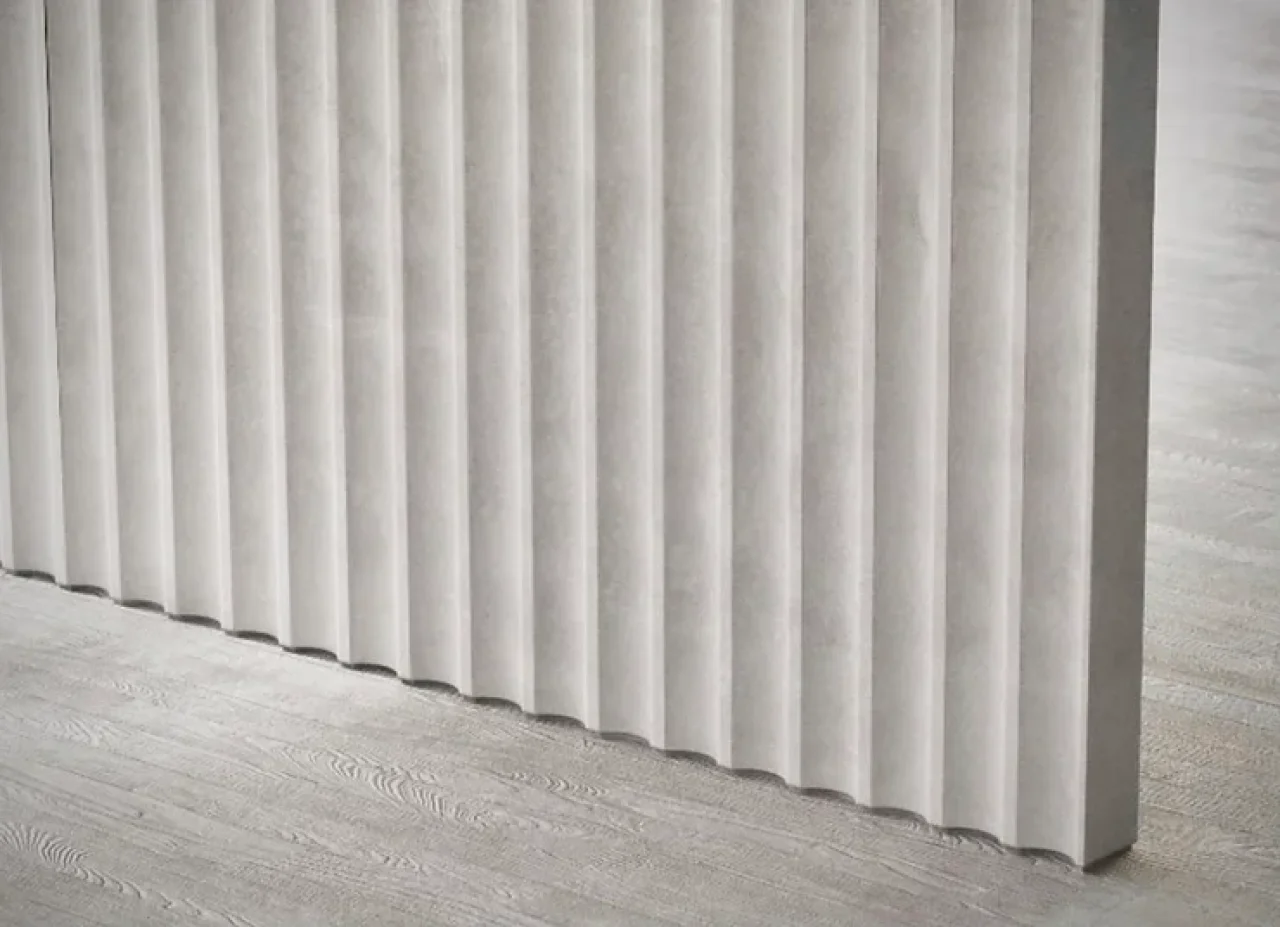What is Carbon Negative Concrete?

Concrete is the most widely used construction material in the world. Nearly every modern building or piece of infrastructure contains some form of concrete, making it indispensable for global development.
However, concrete’s abundance and utility come at a major environmental cost with significant amounts of carbon dioxide (CO2) associated with its production.
Cement – one of concrete’s key ingredients – generates 2.5 billion tonnes of carbon dioxide annually, approximately 9% of the global total amount of CO2 emitted.
Given the large environmental impact of cement and therefore concrete, there has been a growing interest in developing sustainable alternatives to traditional concrete, including carbon negative concrete.
In this blog post, we will explore what carbon negative concrete is, how it works, and its potential to mitigate climate change and promote a more sustainable construction industry.
The Environmental Impacts of Traditional Concrete
What is Ordinary Concrete So Bad for the Environment?
Before we discuss the benefits of carbon negative concrete, it is important to understand the environmental impacts of traditional concrete.
Concrete’s main component is cement. The most common type – which is referred to as ‘Ordinary Portland Cement’ is made by mixing lime, silica, alumina and other components.
The ingredients are eventually fed into a kiln and heated to approximately 1,500 °C. These kilns require enormous amounts of energy to operate, normally coming from fossil fuels.
These carbon-intensive processes make traditional concrete a major contributor to global carbon emissions.
Understanding Carbon Negative Concrete
What is Carbon Negative Concrete?
Carbon negative concrete, also known as carbon capture concrete or CO2-absorbing concrete, refers to a type of concrete that not only reduces CO2 emissions during its production but also actively absorbs CO2 from the atmosphere over its lifespan. This innovative material has the potential to offset more CO2 emissions than it produces, making it a powerful tool in the fight against climate change.
How Does Carbon Negative Concrete Work?
Most carbon negative concretes integrate carbon capture, utilisation and storage (CCUS) into the concrete manufacturing process.
These technologies involve capturing CO2 emissions from industrial sources, such as power plants or cement kilns and using them as a feedstock for concrete production. By incorporating CO2 into the concrete mixture, carbon negative concrete effectively traps and stores the CO2, preventing it from being released into the atmosphere.
However, CCUS is the subject of significant controversy: the capture, transport and storage of carbon is itself extremely energy intensive. In fact, the CCUS process that most carbon negative concretes undergo produces the same amount of CO2 as has been ‘saved’, negating the process.
This means that most ‘carbon negative concretes’ are not carbon negative, they simply shift the CO2 emissions to different parts of the manufacturing process.

Unlike most carbon negative concretes, Partanna does not rely on CCUS. Instead, by avoiding carbon emissions throughout its manufacturing process, and absorbs CO2 during its lifetime, resulting in a truly carbon negative concrete.

What to learn more about Partanna?
Advantages and Benefits of Carbon Negative Concrete
Reduced Carbon Footprint
The most obvious benefit of carbon negative concrete is that it offers a significant reduction in carbon emissions compared to traditional concreate. By removing more CO2 during its lifetime than it emits, carbon negative concrete can help achieve net zero.
Waste Utilization
Carbon negative concrete Partanna incorporates both brine and steel slag during its production process, waste materials from desalination and steel production.
By utilizing these materials, Partanna avoids their waste and release into the sea and landfills, providing an additional environmental benefit.
Enhanced Durability and Performance
Carbon negative concrete Partanna exhibits greater durability than traditional cement whilst offering increased resilience to seawater, thanks to its unique use of brine as a key component.
Challenges Facing Carbon Negative Concrete
Whilst true carbon negative concrete is a vital tool in carbon avoidance and removal, it faces several challenges.
Greater awareness and education are vital to ensure widespread industry adoption of carbon negative concretes and to overcome inertia and cynicism.
At Partanna, we have pioneered real-world applications of our building material.
Real World Applications of Carbon Negative Concrete
Partanna has leased 10 acres in The Bahamas and is building a factory that will produce materials to support 1,000 homes per year indefinitely.
In 2022, Partanna Bahamas announced the development of 1,000 affordable homes built with Partanna technology.
Each 1,200 sq ft home in the development will have the ability to absorb 50-100% of the carbon that would be emitted by a home constructed using traditional materials.

Conclusion
Ordinary concrete has an enormous environmental impact and is a significant contributor to global CO2 emissions.
Carbon negative concrete holds immense potential to mitigate climate change by not only avoiding carbon emissions but removing carbon from the atmosphere too.
Further education and awareness is vital to ensure that it is embraced across the construction industry.
